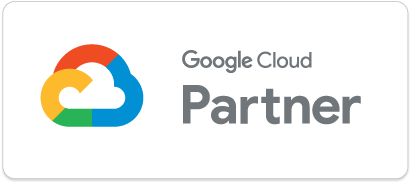We are working on expanding our system templates to fit even more of your business processes, and the first one out is the Business Model Canvas!
What is the Business Model Canvas?
The Business Model Canvas is a strategic management tool developed by Alexander Osterwalder (www.strategyzer.com). It helps you visualize your business model in a logical way on a single page. The canvas consists of 9 building blocks which covers the four main areas of a business; Offer, customers, infrastructure and financial viability.

The 9 building blocks are as follows:
1. Customer segments: Which customer groups are you creating value for?
2. Value propositions: What value do you deliver to your customers?
3. Channels: How do you reach your target customers?
4. Customer relationships: How do you interact with your target customers?
5. Revenue streams: How much will you make?
6. Key resources: What do you need? Which resources does your value proposition require?
7. Key activities: How do you do it? Which activities does your value proposition require?
8. Key partnerships: Who will help you?
9. Cost structure: What will it cost?
How to use the Business Model Canvas

The easiest way to utilize Business Model Canvas is to use an online tool, like Upwave, where you can update the canvas in real-time with your collageus. To get started with Business Model Canvas in Upwave, go to templates and choose “Business Model Canvas”. To add a card, just click inside the box where you want to add it. Try to keep the text short and concise. Use colors to create links between different aspects of your business model.
Start by filling out customer segments (which customers are you serving?) and then value propositions (which customer problems and neds are you solving?). Then continue with channels (how are you delivering value to your customers?). customer relationships (what kind of relationships do you need to establish and maintain?) and revenue streams (how much money are you going to make?).
Now that you’ve finished the customer and revenue aspect, it’s time to look at the infrastructure and costs. Start by filling out the key resources (which assets does your value proposition require?) and key activities (which activities does your value proposition require?). Continue with key partners (who will help you?) and finish with cost structure (what will it cost?). You now have a one page visualization of your business model!





